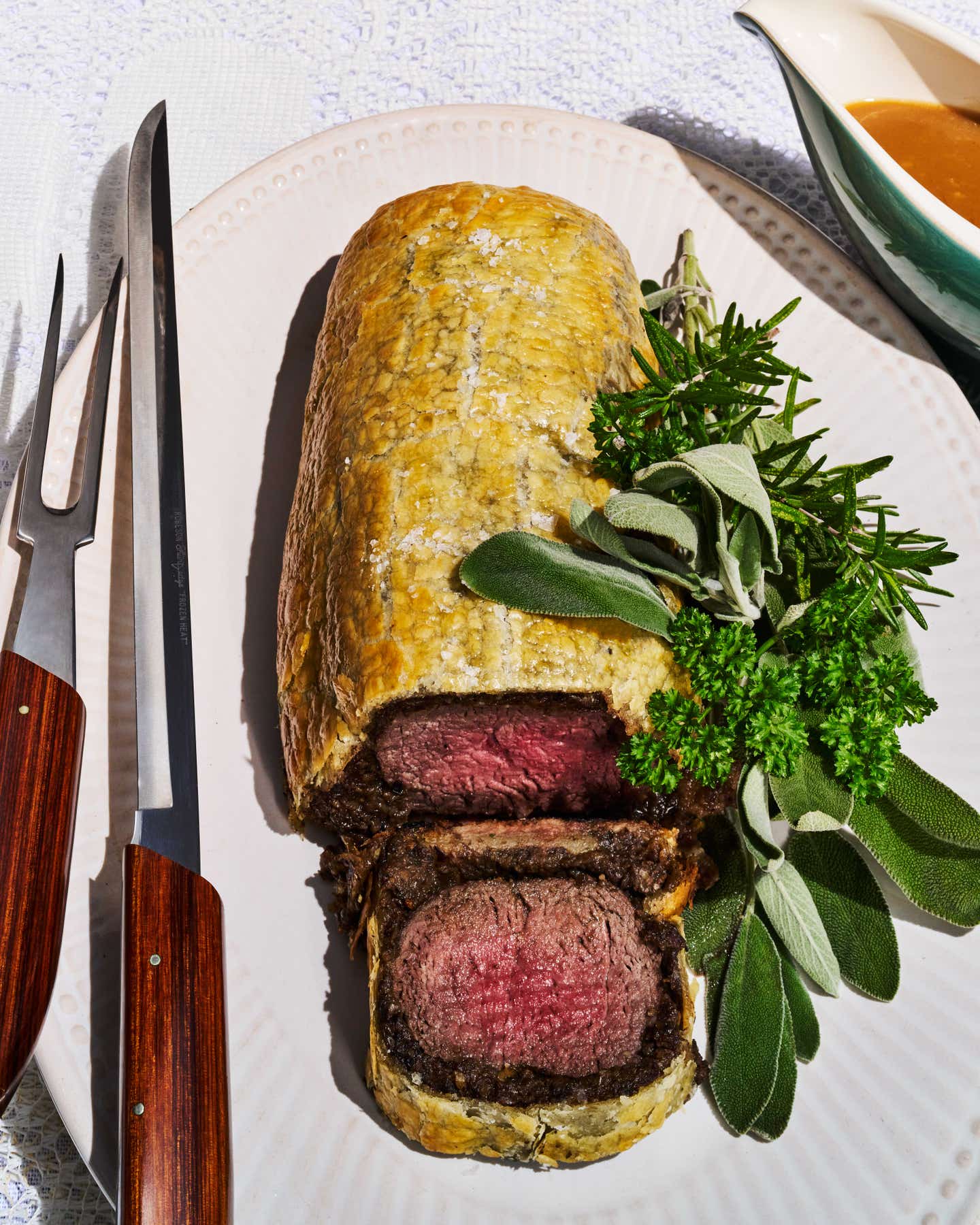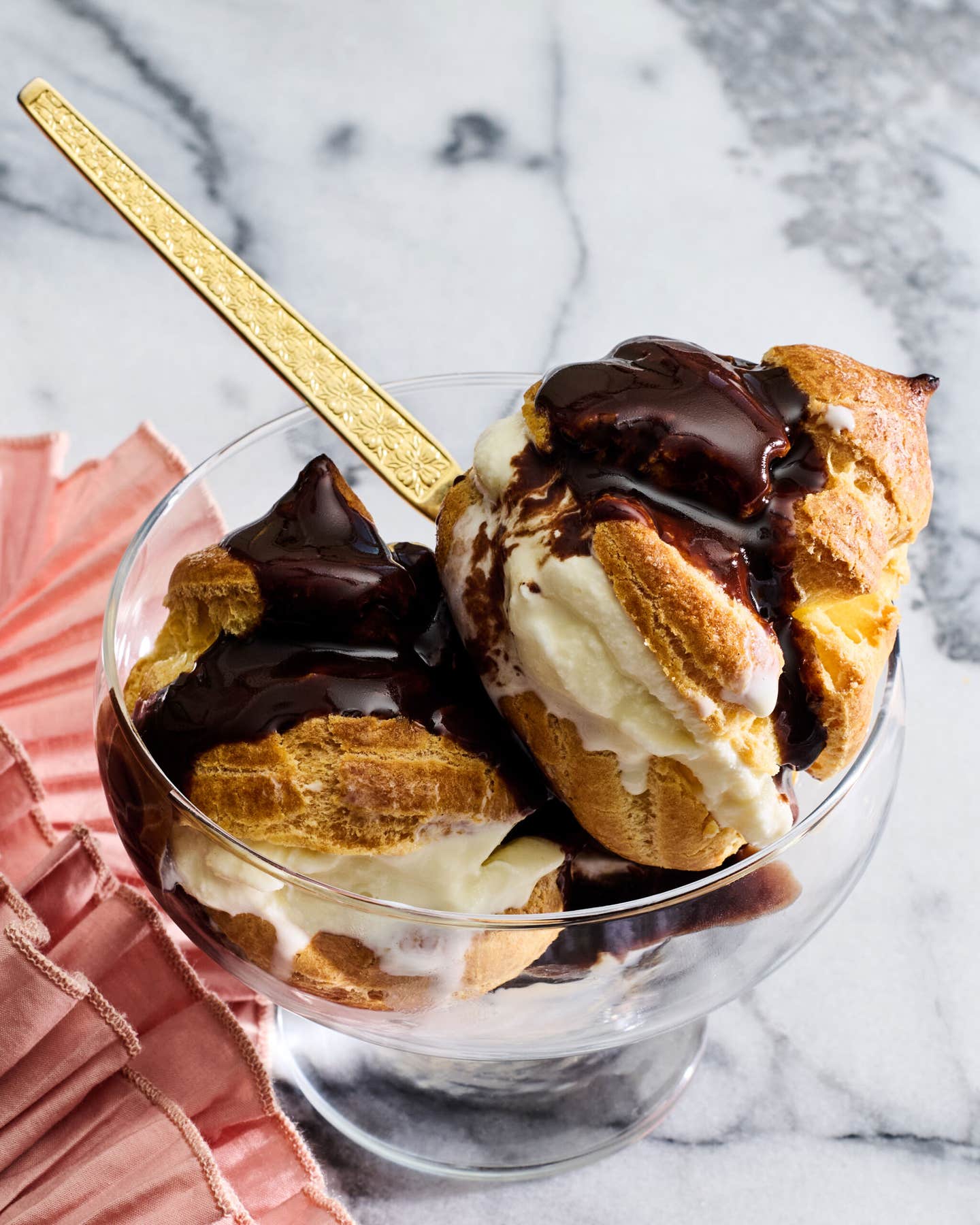
King of Fruit
From its birthplace on India’s northern border, the luscious mango has gone on to captivate the world
May in Delhi has always been the same. Hot loo winds blow as if from furnaces gone wild, bringing with them the burning twirl and creep under firmly closed doors with gritty determination. But the same sun that scorches the air and sand is benevolent to the green mangoes that hang pendulously, expectantly, from tall, shady trees. It kisses those sleeping beauties and puts a blush on them. Summers in North India may be hard and raw, but the powers that be have provided the most generous compensation: mangoes, the king of fruit.
Even I, growing up in Delhi, never thought of mangoes as ordinary fruit. Their season was so short. They arrived at a time of anxiety, when long days of school exams were followed by a wait for the results and then the results themselves. As stomachs churned and nerves frayed my mother would relax us by saying, “Do you know what your father has just bought from the market? A dozen langras and a dozen dusehris.” Mangoes in India are always referred to by their variety, just as cheeses are in Europe. Langras come from groves around the holy city of Varanasi (formerly Benares). Their skin stays dark green, the flesh is pale yellow, and their flavor is mildly sweet and sour. My sisters ate no other kind. For me, the elegantly sweet—though far from sugary—dusehris from near Lucknow, with their oval, elongated, Modigliani shape and their yellowish-orange skin were best of all.
In my childhood, mangoes were both local and seasonal. You ate what the area around you produced, when it produced it. Northerners like us ate northern mangoes. We hardly cared or knew what the rest of India was eating. All that began to change in my late teens. One magical year, a mango new to us appeared in the market: the alphonso. Brought in from India's central-west coast, an area that was once a Portuguese colony. It looked like a painted version of some ideal mythical mango, a glowing orange with dabs of red, green and yellow. Ah, we said, it just looks good. Then we tasted it. The thick, orange-yellow flesh was as smooth as butter and sweeter than the best of peaches: it had no flaw. We were awed.
Mangoes have always been part of India's heart and history. The mango, Mangifera indica, seems to have originated in northeastern India, near the border of Myanmar some 4,000 years ago. The Buddha's preferred place of meditation was a shady mango grove. The 16th-century Mughal emperor Akbar, a muslim of Mongol ancestry, completely endeared himself to the native Hindu populace by planting a garden of 100,000 choice mango trees in the northern state of Bihar. Even today, many Hindu marriages take place with auspicious mango leaves on the wedding pavilion. It is the country's most important fruit, and India is the worlds leading mango producer, with an annual yield of close to 11 million tons—though it exports a mere 1.6 percent of what it grows; Indians consume the bulk of the crop.
From India, the mango spread north to China and to Southeast Asia. And cultivation was likely underway long before the seventh century, when Xuan Zang, a Chinese traveler, recorded information on mangoes and carried it to the east. Thailand and Vietnam became particularly entranced with the mango, developing their own singular varieties, such as the former's slender, beautifully tapered nam doc mai and the latters canary yellow chok anon. India's 16th-centruy Portuguese colonists took the fruit west which accounts for the mangoes in Africa and most of the Caribbean and Latin America. (The English name of the fruit comes from the Portuguese manga, which in turn was borrowed from the South Indian Tamil word mangay.) In both the Caribbean and South Africa, Indian immigrant communities help ignite a passion for mangoes, working them into the cuisine and planting orchards. Spanish galleons had brought the mango to Mexico, now the main source of mangoes eaten in the United States, by the early 19th century. In the 1830's a number of mangoes began arriving in the United States and were all planted in the hospitable climate of south Florida. The hardiest of these, exported from India and planted in 1889 gave rise to a variety called mulgoba. One of its descendants, the haden is a mango common in the Americas today; the other main commercial mango types in this country are the kent, the kiett, the ataulfo, and—claiming 90 percent of the market share—the tommy atkins. Something strange happened to the mango in the United States. Whereas Indian growers, through systematic grafting had taken the requisite centuries to breed mangoes with meltingly satin-smooth fruit, some modern-day mango farmers in Florida—our primary mango-producing state, the others being California and Hawaii—decided that such "yard" mangoes were too delicate to withstand the rigors of shipping and storing and chose instead to focus their efforts on fiber-filled varieties like the tommy atkins. The result was a large, indifferent, stringy fruit, totally unlike the glories found in India. These mangoes are now grown in Mexico and the Caribbean, too and when imported into this country are subjected to prolonged immersion in hot water baths to kill fruit flies, which further impairs their flavor and texture. (There is hope: some independent U.S. growers are cultivating delicious fruit, including strains of kent and ketit, and a handful will ship their mangoes by mail.)
Another problem is that mangoes here are, more often than not sold and eaten before they are completely ripe. Precious eating mangoes of high quality are never left to ripen fully on the trees, because insects would get at them before people could; all over the world, they are picked slightly before they are ripe. But in the States, this semiripe fruit is commonly sold as is and eaten before it is really ready. In Asia, mangoes meant for eating ripe are, after they’re picked, carefully placed in straw-lined baskets. The fruit seller holds them in the straw until they are ripe or sells them to knowledgeable customers, who might say to him, “I want to eat some of your best alphonsos three days from now. What do you have?” The barely underripe fruit is taken home and wrapped in newspaper or straw and left unrefrigerated. When it gives to a firm touch it is ripe and is either plunged into a bucket of icy water or refrigerated and devoured soon afterward. In Thailand, where ripe mangoes served with coconut-flavored glutinous rice are a much loved dessert, families often buy whole baskets of mangoes in straw and place them under their beds. When the aroma begins to overpower the room, the mangoes are considered ready.
In much of the world, mangoes are primarily eaten ripe. But semiripe mangoes can also have their uses; for instance, I once relished their faint sweetness and firm texture in a fish curry from an Indian restaurant in Johannesburg South Africa. Completely hard, green, unripe mangoes (of any variety) have their place too. In the Philippines I have been served mouth-puckeringly sour, pale green slices with a dip of bagoong, a salty fish paste at the start of a meal; in Vietnam I have had wonderful salads with green mango; and in a market in Thailand I have stood in line by a cart where the vendor threw green mango slices into a plastic bag, tossed some sugar, salt, red chilies in, twirled the bag to mix its contents and handed it over.
But it is in the creation of chutneys and pickles, served daily in every Indian home and sold around the world that green mangoes come into their own. Nature has made them both pectin-rich and acidic, ideal for preserves. Shortly after they appear on the trees, home cooks begin pickling, and the massive Indian preserve industry shifts into high gear. My grandmother used to make a golden ginger-mango chutney. For a special-occasion tea, she would go into her storeroom, dip a long ladle into a crock, and spoon some chutney into a glass bowl. We would put fat dollops of it on her homemade muthrie—spicy, buttery biscuits—and promptly enter a state of bliss.
Keep Reading
Continue to Next Story










